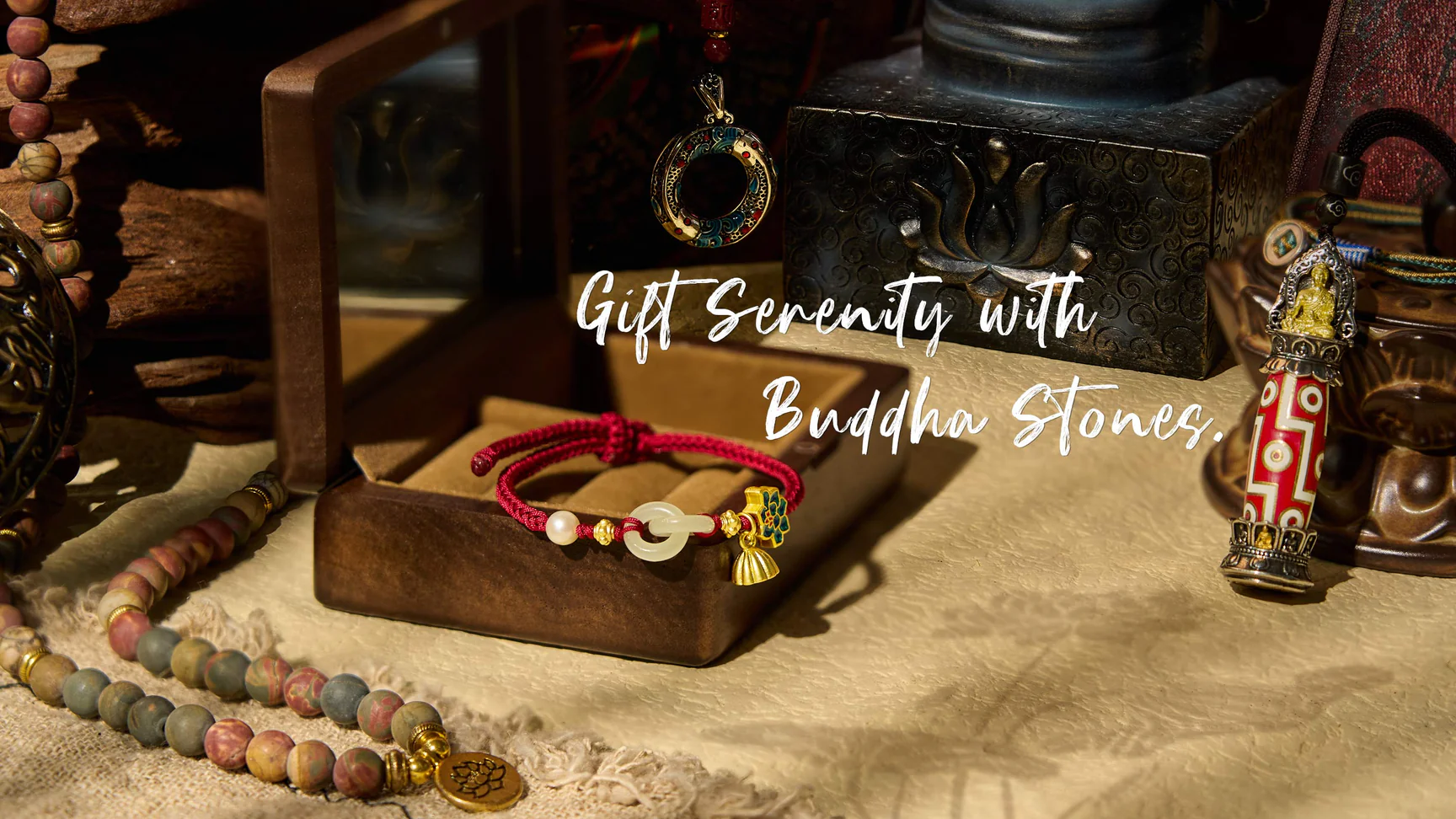In 1922, a Japanese seeker named Mikao Usui ascended the serene slopes of Mount Kurama with a radical intention: to awaken spiritually—or die trying. What unfolded on that sacred mountain outside Kyoto would become the cornerstone of a global movement. Following twenty-one days of fasting and meditation, Usui was graced with a profound spiritual awakening, a “transmission of light” that he later identified as dai Reiki—the “Great Reiki” of the universe. That experience birthed the practice we now call Reiki.
Today, millions worldwide practice Reiki, often as a gentle form of hands-on healing. But what many don’t realize is that Usui’s original vision went far beyond physical wellness. At its core, Reiki was—and still is—a spiritual path, a way of deepening awareness, cultivating inner peace, and aligning with the universal flow of life.
What Reiki Really Means
In the West, Reiki is frequently translated as “universal life-force energy,” a phrase that, while poetic, doesn’t quite capture the depth of its meaning. In Japanese, Rei refers to something mysterious, sacred, or of the soul. Ki—a term familiar to many from practices like tai chi or qigong—signifies energy, spirit, or vital force. More accurately, Reiki can be understood as “soul energy” or “divine life energy.” It is subtle, intelligent, and ever-present—a force that animates and organizes the entire cosmos.
This energy isn’t something you generate; it’s something you attune to. After his awakening, Usui called his spiritual healing method Shin Shin Kaizen Usui Reiki Ryōhō, meaning “the Usui Reiki Healing Method for Improving Heart-Mind and Body.” The practice was not just about wellness, but transformation of the whole self.
The Six Pillars of Usui Reiki Ryōhō
Although Reiki has evolved into many lineages and styles, all authentic systems trace their roots to six foundational elements:
- Initiation (Reiju):
Reiki is transmitted from teacher to student through a sacred ceremony called reiju—meaning “soul blessing.” This attunement clears energetic blockages and aligns the practitioner with Reiki. Once received, this connection is permanent and lifelong. - The Five Precepts:
At the heart of the Reiki system are five guiding principles, distilled from Usui’s own spiritual insights. These ethical teachings are both simple and profound:- Just for today, do not anger.
- Just for today, do not worry.
- Be grateful.
- Work diligently.
- Be kind to others.
- Treatment (Hands-On Healing):
Reiki treatments involve gentle, intuitive touch, usually with the hands placed on or just above the body. Unlike other forms of energy work, Reiki does not require effortful channeling; the energy flows effortlessly from the universe through the practitioner to the recipient. Importantly, it’s a one-way transmission—Reiki doesn’t drain the practitioner’s energy. - Progressive Degrees of Training:
Traditional Reiki is taught in three levels:- Shoden (First Degree): Focuses on self-healing and physical treatments.
- Okuden (Second Degree): Introduces symbols, distant healing, and psychological applications.
- Shinpiden (Third Degree): Prepares the practitioner to teach, known as Shihan or Reiki Master.
- Symbols and Mantras:
Introduced in the second degree, Reiki symbols act as keys to enhance and direct energy. Paired with sacred sounds (mantras), they empower practitioners to treat emotional imbalances, conduct distant healing, and deepen their own spiritual connection. While traditionally there were three symbols, a fourth is now commonly included in Western Reiki and used in initiations. - Personal and Spiritual Development:
Though many arrive at Reiki seeking healing, over time the practice becomes a path to self-discovery. Through daily meditation, ethical living, and continued practice, Reiki helps us move closer to inner peace and spiritual awakening.
The Spiritual Soil of Reiki
To fully understand Reiki, it’s essential to look at the cultural and spiritual landscape of Japan. Deeply rooted in both Shinto and Buddhist traditions, Japan’s worldview emphasizes harmony with nature, reverence for the unseen, and personal responsibility for the collective good.
Shinto, Japan’s indigenous spirituality, honors nature spirits (kami) and promotes balance with the natural world. Buddhism—particularly the esoteric schools like Tendai and Shingon—contributed meditative techniques and ritual practices that influenced Usui. In fact, his time on Mount Kurama likely included elements from both traditions, blending rigorous spiritual discipline with mystical insight.
This synthesis shaped Reiki into more than a healing technique. It became a path of spiritual realization. And although Reiki is not a religion, its values and methods are imbued with Japan’s rich spiritual legacy.
From Japan to the West—and Back Again
When Reiki crossed the ocean in the early 20th century, it was inevitably changed. With Japan and the United States at war during the 1940s, Japanese-Americans practicing Reiki had to downplay its origins. To survive in a Western context, Reiki became secularized and simplified, focusing on physical healing while minimizing its spiritual roots.
But today, that is changing.
Modern practitioners and researchers are uncovering the forgotten history of Reiki and restoring its original practices—from traditional meditations and chants to the symbolic meanings hidden in its sacred forms. This reclamation isn’t about limiting Reiki to a rigid system. It’s about enriching it. By honoring the practice’s spiritual heritage, we deepen our own capacity to receive and transmit healing energy.
Reiki, in its truest form, is more than a wellness modality. It’s a path toward inner freedom, a return to wholeness, and a remembrance of our sacred connection to all things.



